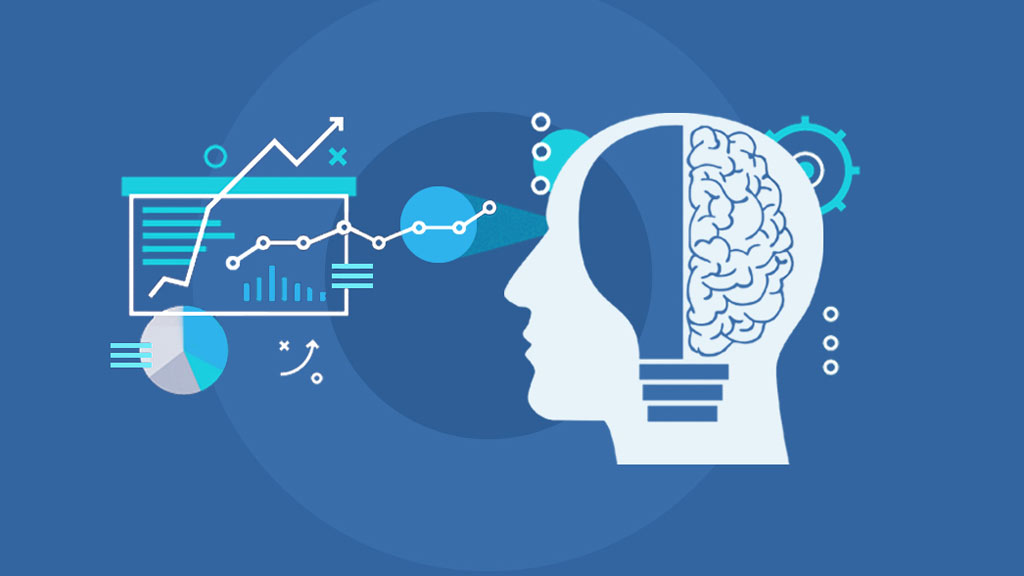Businesses today are at a precipice of diving into the world of machine learning and artificial intelligence which allows them to mine for productivity and innovation based enhancement of their existing systems and projects. In business, AI serves the purpose of optimizing the workflow and improving the efficiencies of the services based on providing actionable insights that have been generated from available data.
Expected to escalate productivity levels by over 40%, Artificial Intelligence (AI) adoption into businesses and their processes is slowly leading the way to greater efficiencies and revenues. The fear with adoption of any new technology is ever present and with AI, these are widespread. Refuting the general claims that AI will result in a loss of human jobs, World Economic Forum statistics claim that AI will have created 133 million jobs in exchange for replacing humans in 75 million jobs by 2022. The purpose of AI remains to increasingly ease the business process for humans by overtaking repetitive jobs, and allowing human resources to be applied to intelligent tasks With expertise in implementing AI solutions in business applications, Mr. Aryan Singh, CTO, TensaX Innovation Lab, highlights that the benefits of using Artificial Intelligence in businesses are diversified, with their reach penetrating from easier management of processes and analysis of data, to increased efficiencies and performance predictions. These benefits are ultimately reflected in terms of improved customer experiences, increased productivity and a potential increase in revenue. With general outlooks, application of artificial intelligence can provide detailed analysis on the overall performance of a business with targeted focus on a particular area. Broadly classifying, Artificial Intelligence has the potential to provide support and enhancement in three distinct aspects. The first is in process automation (production and operation), followed by interactions with customers and employees alike. The final aspect utilizes the consequent data obtained from the first two aspects allowing the AI to provide specific insights into the overall functioning.
>Process Automation is the most common aspect where AI can be easily integrated. This focuses on
automation of administrative and financial services such as transferring data from email and calls to
system records, management of customer communications and billing validities. Most commonly
called as Robotic Process Automation (RPA) due to use of robotic agents that perform repetitive tasks
that do not require learning. Upon integration of AI based smart methodology that is able to learn, for
example, reading and drawing conclusions from a legal document, RPA enhances to Intelligent
Process Automation (IPA). Human engagement may be carried out by intelligent AI agents that are
able to interact with customers and provide assistance at all times. A good example here is in the form
of chatbots. Insights from data are most valuable as they are capable of predicting the possibilities of
customers availing a business’ services, detecting patterns of financial loss and analyze potential
customers and curating digital ads for them.
So how can businesses aim to implement AI for their work and obtain its profits? It is not
limited to mainly selecting existing AI algorithms and to apply them in the current
workflows, according Harvard Business Review. It requires a methodical approach
which has been developed on the basis of a deep understanding of the needs and wants of
the business, in addition of an understanding of the technology and where its application to the
specific business is. This is dependent on the identification of potential opportunities,
analyzing the addressed target problem and the challenges that may surface while implementing AI
solutions. Based on this analysis, the choice of AI technology may be finalized. However, the
technology needs to first be tested for 1) problems in implementation and 2) overall effectiveness of
the solution. Therefore, it is first deployed on small scale and based on the respective outcomes, it
may be scaled up.
It is imperative to realize that an important part of assimilating AI in any business requires the
availability of data. A majority of AI applications are powered by machine learning (ML) algorithms
which require a significantly large amount of data for model training. This becomes especially
challenging in businesses and areas that are new where the data may not be readily available or maybe
in an unstructured format. Another challenge with data is pre-existing biases that may exist simply
due to insufficient data. The dataset for training should be well-rounded in nature, such that data bias
may be avoided. Of course, corresponding challenges with data processing capabilities and data
security also exist. However, with advancements in cyber-security and rules of ethical utility of data
are reforming these limitations.
A noteworthy challenge presents itself in the availability of trained personnel that are experts in the
latest technology. This is true at the managerial level as well. Integrating AI with existing processes
may be a daunting challenge but taking help of professionals and analyzing processes to find the right
approach for AI assimilation is essential. Experts at TensaX innovation lab believe that identification
of the appropriate methodology of AI integration is essential to reap the benefits that AI has the
potential to provide. To explore how AI may help in boosting your workforce, contact our team.

